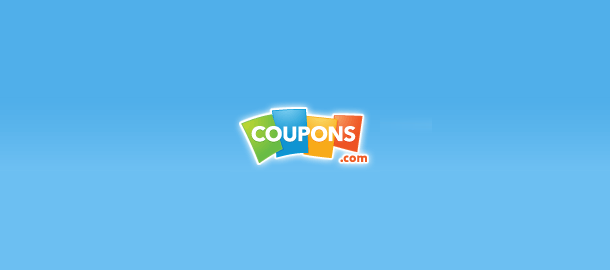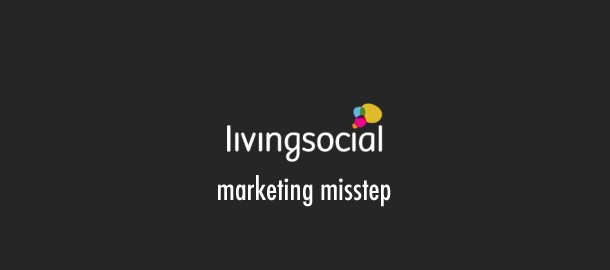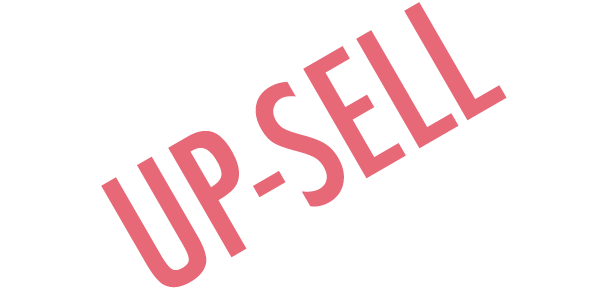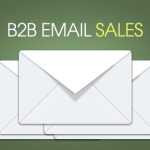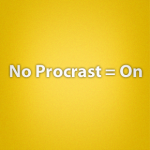
Facebook is an amazing tool, and is also great for businesses. However, It’s a sinkhole for startups. Facebook pages will do nothing for you in the first 0-6 months of your startup post-launch.
We all know (or should know) that your friends are usually not your target customers, and in fact they are probably the worst people to consult on your business. They usually won’t tell you that it sucks and they will always support your venture. So when you create a Facebook page, what is the first think you do? You post it on your Facebook wall, and send an email to your friends. Now you have a Facebook fan page with a partial list of your friends (read: “people who are not your target customers”). This gives you a false indication of how people actually feel about your product / service.
I would argue that the first 6 months of any startups should be used to get feedback on the product, build relationships with your customers, and target new customers with your marketing voodoo magic. Here lies the problem that almost every startup has (and why the response to The Startup Foundry has been so great): Marketing a startup is hard because the founders don’t have an extensive database of people that might be interested in their product, and don’t know how to reach them in an effective way. The fact is, the first 6 months, any customer who joins your service, are usually early adopters. Think of them as music hippies, but for startups. Once Groupon got noticed, you just didn’t like them as much. Right? If you agreed with that statement, then my friend I hate to break this to you but you are an early adopter.
You will not find many early adopters via Facebook Pages. Early adopters are all ON Facebook, but they will not find you via Facebook. They will find you via twitter. More importantly, you will find them via twitter. Facebook Pages are good for “pulling in customers”, but not good for “reaching out to people who MIGHT be your customers, or tell you what you need to do in order to convert them”. The latter being the most important.
I hear this response all the time (and trust me, I’m guilty of it too): “Man, my product is amazing – but nobody knows about it. How do I tell the masses about it without spending money on a Superbowl ad”. Do you see where i’m going with this? If I want to target my customers, I need to find them and build personal relationships with them via twitter, blogs, & in person. Every customer matters.
We all know the importance of blogging and building personal relationships. Twitter allows for building actual relationships and Facebook is good for building brand relationships. The first 6 months is about building personal relationships with people who might be your customer, or help you get to other customers via their network. So why do you have a Facebook page again?
Authors Note: I took it a step further and deactivated my Facebook all together to focus on building this blog & my startup. Because I focused all my efforts on other sites such as twitter and hacker news, I was able to make the right connections early on.
